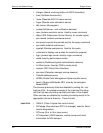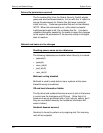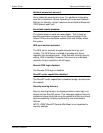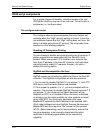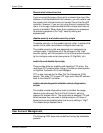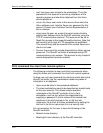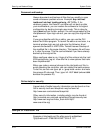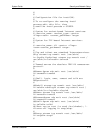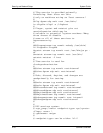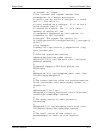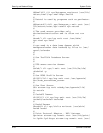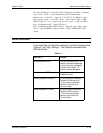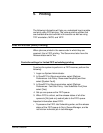
Security and Network Setup System Guide
4-14 Common Controller
Document and backup
Always document and backup all files that you modify in case
some unforeseen problem occurs. Example: #cp /etc/inet/
inetd.conf /etc/inet/ inetd.conf.orig <RETURN> If, for
whatever reason, the DocuSP controller will not boot up after
your modifications, you can restore the software to its original
configuration by booting to single user mode. This is done by
typing boot -s from the ok> prompt. You will be prompted for the
root password. Upon login as root, you can copy the original files
back.
If you are unfamiliar with the vi editor, you can use the GUI
based Text Editor program. To launch the editor as root user, in a
terminal window login as root and enter the following: #/usr/
openwin/bin/textedit & <RETURN> Textedit leaves a backup of
the modified file in the same directory. This backup file will have
a % after the name. This file can be deleted if you have already
backed up the original file.
When configure-xdss is run, it logs all of the actions into the /opt/
XRXnps/log/xdss_log.txt. View this file to view options that have
been implemented.
When you make a manual change to the /etc/inetd.conf file, to
avoid rebooting the controller, you can retstart the inetd process.
To do this, as root user type: ps -e | grep inetd <enter> and note
the process ID returned. Then, type: kill -HUP #### (where ####
denotes the process ID).
Online help for security
A great deal of helpful security information can be found on-line.
Sun's security tools and blueprints may be found at:
http://www.sun.com/solutions/blueprints/
Other security information, including alerts, may be found at
http://sunsolve.sun.com/pub-cgi/show.pl?target=security/sec
http://www.cert.org/nav/index_main.html http://
www.cve.mitre.org/
Sample of inetd.conf file
Example of /etc/inetd.conf file after security edits#ident
"@(#)inetd.conf1.2796/09/24 SMI"/*SVr4.0 1.5*/



